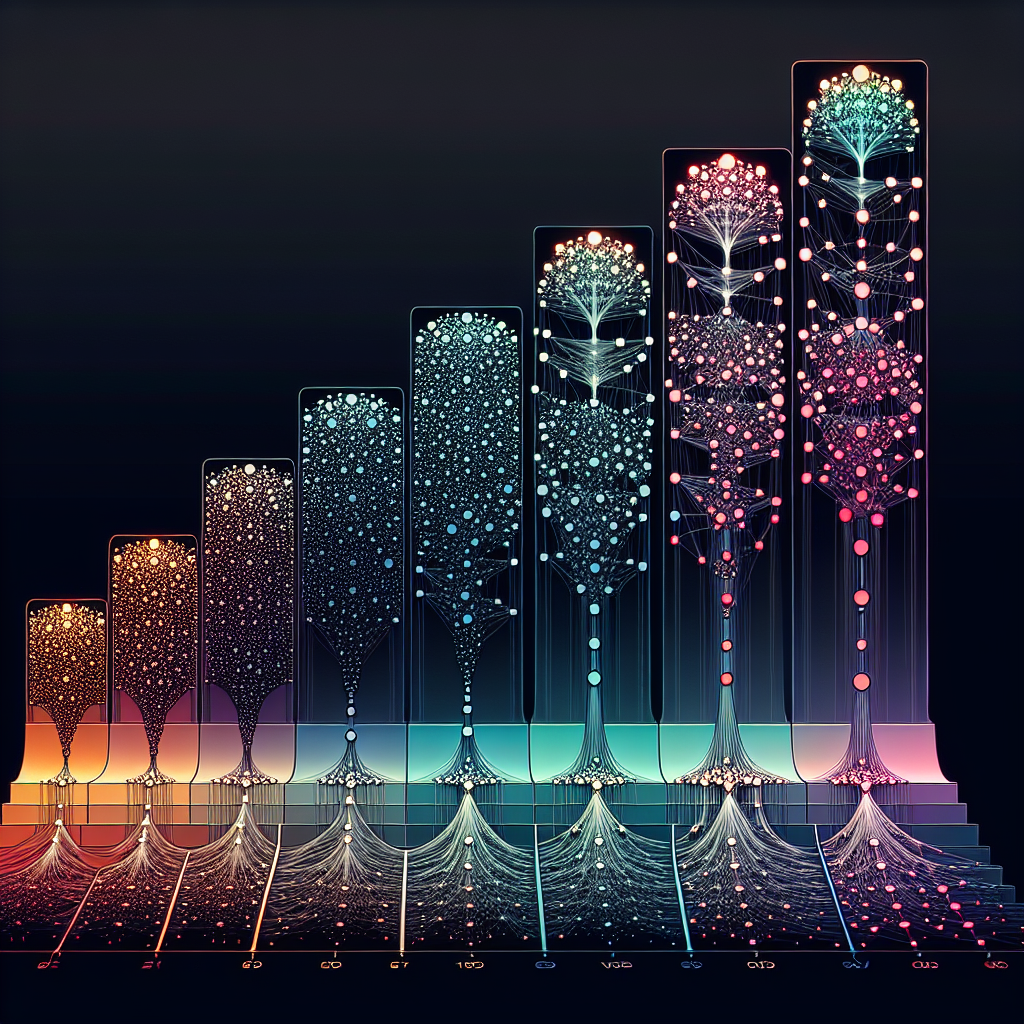Fix today. Protect forever.
Secure your devices with the #1 malware removal and protection software
Deep neural networks have made significant strides in recent years, revolutionizing the field of artificial intelligence and machine learning. These complex systems have shown remarkable capabilities in tasks ranging from image and speech recognition to natural language processing and autonomous driving. The evolution of deep neural networks has been a fascinating journey, marked by key breakthroughs and advancements that have propelled the technology forward.
The concept of neural networks dates back to the 1940s, but it wasn’t until the 1980s that researchers began to explore the potential of deep neural networks – networks with multiple layers of interconnected nodes, or neurons. These early networks were limited by computational power and the availability of data, leading to stagnation in the field for several decades.
However, the resurgence of deep learning in the early 2010s sparked a new wave of innovation in neural network research. One of the key breakthroughs was the development of convolutional neural networks (CNNs), which have proven to be highly effective in image recognition tasks. CNNs utilize shared weights and pooling layers to extract features from input data, allowing them to learn complex patterns and structures in images.
Another significant advancement in deep neural networks is the introduction of recurrent neural networks (RNNs), which are designed to handle sequential data such as text or speech. RNNs use feedback loops to store information about previous inputs, enabling them to capture temporal dependencies and context in the data. This has led to major advancements in natural language processing and speech recognition, with applications ranging from chatbots to language translation systems.
One of the most notable developments in deep neural networks is the advent of deep reinforcement learning, a combination of deep learning and reinforcement learning techniques. This approach has been highly successful in training agents to perform complex tasks in challenging environments, such as playing video games or controlling robotic systems. Deep reinforcement learning has opened up new possibilities for autonomous systems and has the potential to revolutionize industries such as healthcare, finance, and transportation.
As deep neural networks continue to evolve, researchers are exploring new architectures and algorithms to improve performance and efficiency. Techniques such as transfer learning, attention mechanisms, and self-supervised learning are being integrated into neural network models to enhance their capabilities and address challenges in training and generalization.
Overall, the evolution of deep neural networks has been marked by rapid progress and groundbreaking achievements. These powerful systems have transformed the way we approach artificial intelligence and are poised to drive innovation across a wide range of industries. With ongoing research and development, the future of deep neural networks looks promising, with exciting possibilities for applications in areas such as robotics, healthcare, and autonomous systems.
Fix today. Protect forever.
Secure your devices with the #1 malware removal and protection software
#Evolution #Deep #Neural #Networks #Comprehensive #Overview,dnn

Leave a Reply
You must be logged in to post a comment.